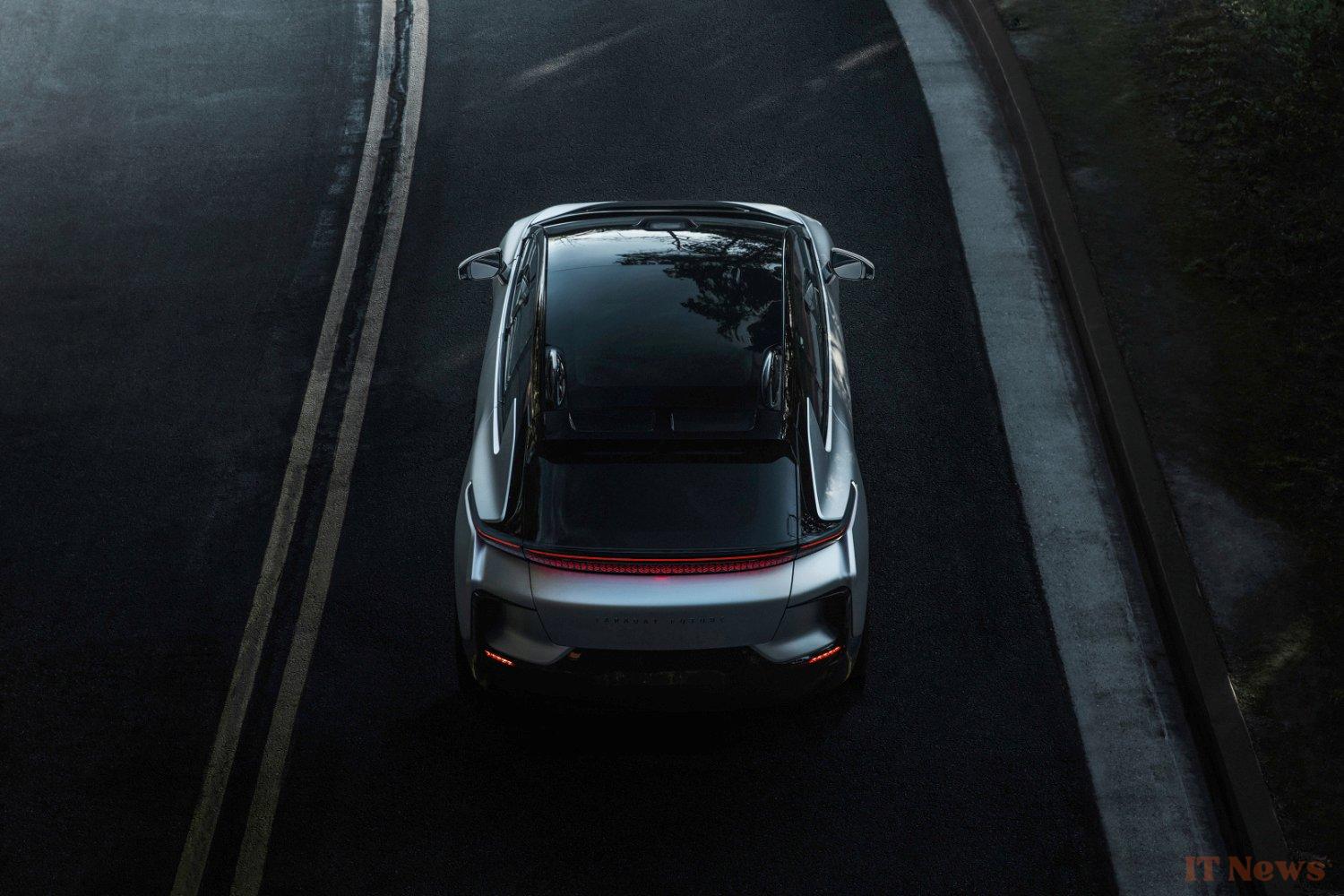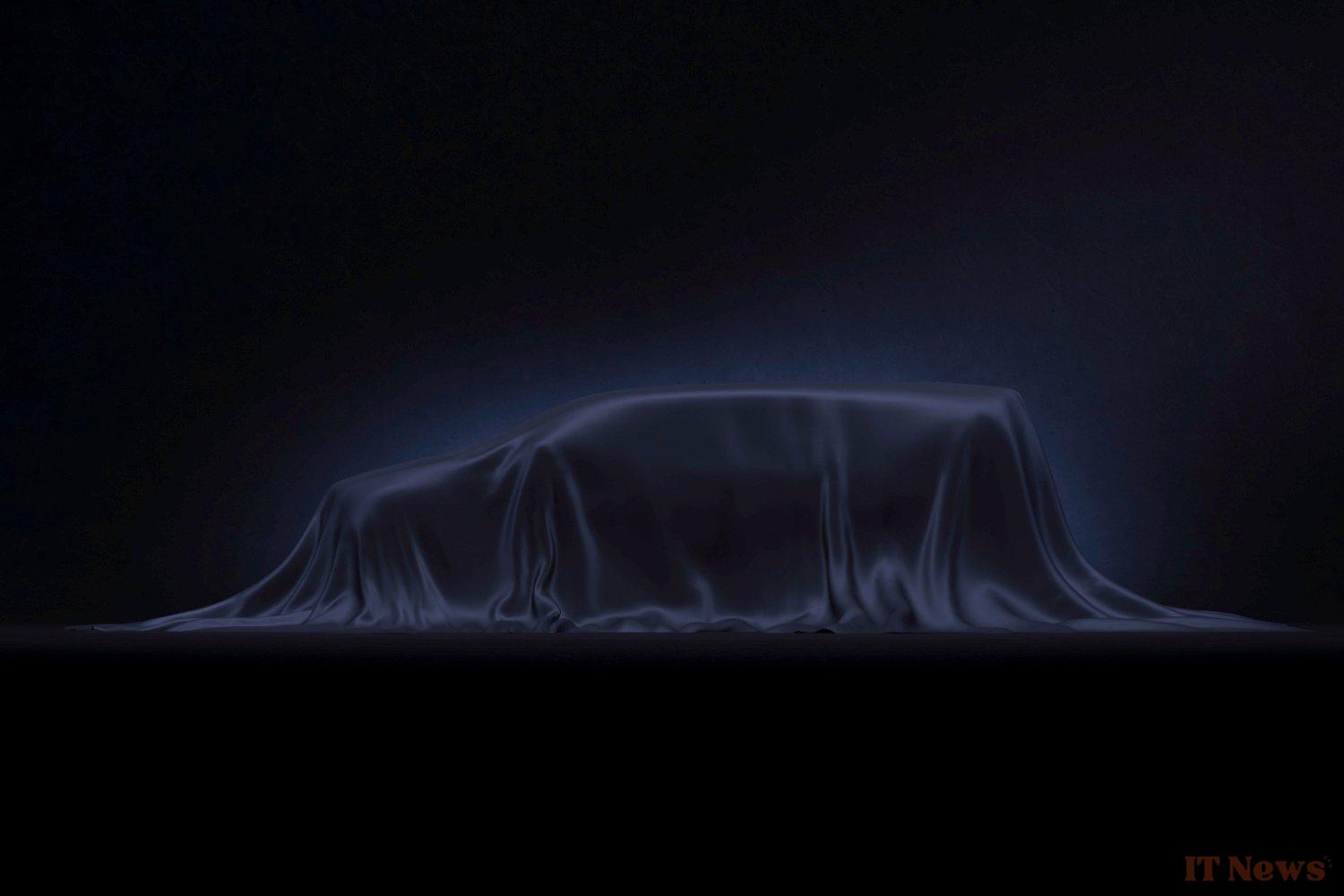It's hard to do worse than Faraday Future when it comes to managing millions of dollars in investments. Rather than converting the fresh money invested by dozens of investors over the past ten years into a success, the Californian brand has flopped. Far from competing with Tesla or BYD or luxury manufacturers like Bugatti, Faraday Future has only delivered twenty examples of its FF91.
By exceeding twenty deliveries, Faraday Future still manages to post double what it posted in June of last year. This is not reassuring, however, because over the last three months, the number of deliveries has been limited to just two units.
44 million dollars in losses
Naturally, with so few cars sold, it's a cold shower. In the first quarter, Faraday Future's losses reached 44 million dollars, with an increase of 200,000 dollars over the period. At the same time, the brand published a turnover of 300,000 dollars. Behind it, we understand that Faraday Future did not sell its two most recent examples but rather delivered them. Indeed, each unit already costs $300,000 – so the revenue figure would likely include all long-term rental income.
By 2024, of the ten electric cars delivered by Faraday Future, only four had been purchased by their customers. The rest were cars financed through long-term rental contracts, which only delay the brand's ability to announce revenues exceeding $1 million. At the same time, Faraday Future's executives were trying to attract investors' attention by announcing the risk that the company's debt could increase to $430 million.
As a publicly traded company, Faraday Future asked Nasdaq administrators to suspend the purchase and sale of its shares last year. On the New York Stock Exchange, the $4 billion capitalization Faraday Future achieved in January 2021 melted like snow in the sun. Yet, over the past four weeks, its share price has jumped 26% to a valuation of $107 million. Would the brand's sales figures have reassured shareholders? Certainly not. The explanation would rather come from the recent announcement of a new, more accessible range.
The hope of a new range
In 2025, two new models have indeed been mentioned by Faraday Future. Under a new lineup dubbed "FX," one of them would be called "Super One," as if it were the one chosen to save the manufacturer. With it, Faraday Future announced in March and then early May that two companies had pre-ordered the equivalent of 1,300 units. They reportedly paid non-refundable deposits to secure these reservations.
The companies in question, Sky Horse LLC and JC Auto, reportedly did not pay the full price of the future model, estimated at $50,000. The deposits in question represent $100,000 for JC Auto (for an order of 1,000 units) and $30,000 for Sky Horse LLC (for 300 units). Note that these contracts do not commit them to purchasing the cars in the future.
The shadow of Fisker, gone in 2024
Like the startup Aptera, Faraday Future has struggled for years to really take off, despite the always optimistic and reassuring speech of its teams, who indicated last year that it would "stabilize and strengthen" its operations. Even if the house burns down, Faraday Future declared that it saw "clear progress on the financial and functional levels." A shame given the lack of funds and the absence of production capacity.
The manufacturer Fisker, which has succumbed to its economic difficulties, has nevertheless sold far more cars than Faraday Future. In June 2024, it abandoned its customers after several months of selling its Ocean SUV, heavily criticized by the famous American YouTuber Marques Brownlee. The brand had sold 5,000 units at the time of its last results publication, but certainly exceeded 10,000 units between these figures and its collapse.




0 Comments